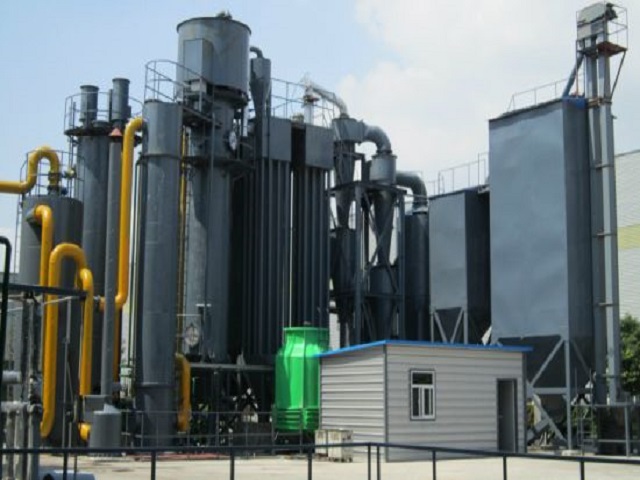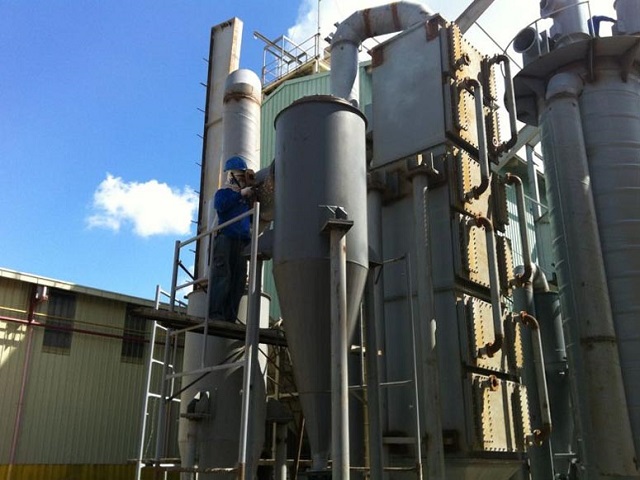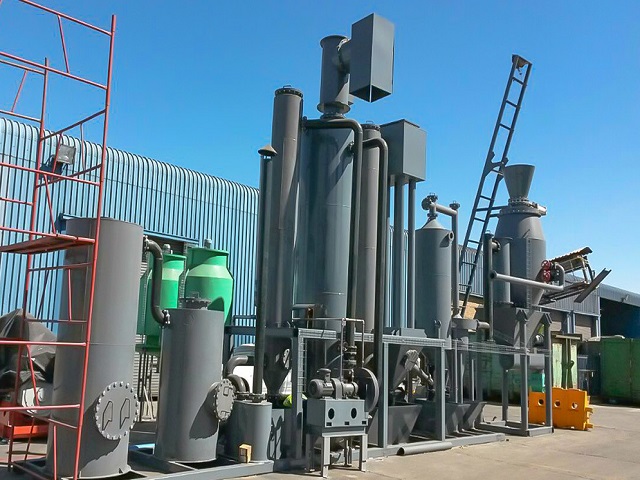Biomass Power Generation Gasification Systems
Kerone Engineering Solutions Ltd. is a leading company in the provision of advanced industrial heating, drying, and process solutions of engineering globally. Having more than 50 years of expertise, we are experts in designing, producing, and delivering custom-made, state-of-the-art systems to meet the ever-changing requirements of the industries across the globe.
We have been involved in engineering excellence, sustainability, digitalization, and technological innovation to become a reliable collaborator whose business partners are in various industries. Kerone will implement Artificial Intelligence (AI), Machine Learning (ML), and Internet of Things (IoT) technologies in our systems to ensure smarter automation, real-time monitoring, predictive maintenance, and process optimization that is data-driven, thus enabling our clients to be more productive, efficient, and reliable.
The Kerone systems are designed to meet Industry 4.0, which leverages AI-powered analytics and IoT connections to provide clients with data insights and intelligent automation to manufacture next-generation products.

Kerone Engineering Solutions Ltd. is a leading company in the provision of advanced industrial heating, drying, and process solutions of engineering globally. Having more than 50 years of expertise, we are experts in designing, producing, and delivering custom-made, state-of-the-art systems to meet the ever-changing requirements of the industries across the globe.
We have been involved in engineering excellence, sustainability, digitalization, and technological innovation to become a reliable collaborator whose business partners are in various industries. Kerone will implement Artificial Intelligence (AI), Machine Learning (ML), and Internet of Things (IoT) technologies in our systems to ensure smarter automation, real-time monitoring, predictive maintenance, and process optimization that is data-driven, thus enabling our clients to be more productive, efficient, and reliable.
The Kerone systems are designed to meet Industry 4.0, which leverages AI-powered analytics and IoT connections to provide clients with data insights and intelligent automation to manufacture next-generation products.

Biomass Gasification System is also known as Biomass Gasification Power Generation or Biomass Power Generating System as it consists of gasifying a variety of solid biomass energy with low energy value such as organic waste, forestry and agricultural waste, etc. to produce biomass gas. It enters the gas generating set technology to produce energy after being cleaned and cooled. Finding a way to use biomass gasification to produce electricity can address both the environmental contamination caused by different organic wastes and the efficient use of renewable energy.
Kerone is a worldwide known provider of thermal and sustainable energy solutions, with a long history spanning 48+ years of expertise in engineering and manufacturing. Based on the values of creativity and honesty, Kerone has consistently pushed the limits of technology development to provide customized solutions that satisfy the changing demands of markets all over the world.
What makes up a Power Plant that Uses Biomass Gasification?Biomass gasification internal combustion power production system is essentially consisted of gasification furnace, gas purification system and internal combustion generator:
An apparatus that transforms biomass energy from solid to gas is called a gasifier. Controlling the gasification furnace's air supply allows biomass to partially burn, converting low-value biomass energy from a solid to a gaseous form and producing various byproducts including methane (CH4), carbon monoxide (CO), and hydrogen (H2). The process of gasifying biomass is completed by gases containing flammable components, such as carbon hydrocarbons (CnHm).
Gasification of Biomass Generator SetThe temperature of the gas produced by gasification varies depending on the kind of furnace used; it typically ranges from 350 to 650 degrees Celsius. The gas contains contaminants like partially broken dust and tar. Apply cooling and purifying procedures to bring the gas's temperature down to less than 40 °C and regulate the amount of tar dust to less than 50 mg/Nm3. The gas will enter the internal combustion engine to produce electricity after it has been cleaned.
The internal combustion engine rotates its primary shaft at a high speed as a result of the gas mixture air burning, which also powers the generator to produce energy.
The Biomass Gasification Power Plant solves the problems of waste pollution and sensible energy use by converting various types of waste into treasure and producing high-quality electrical energy through the aforementioned procedure.
Biomass Gasification Power Generation are divided into 3 steps.Gasification: Solid biomass is converted into gas fuel by the gasifier.
Gas Purification: A purification system is required to remove pollutants such as ash, coke, and tar from the biogas.
Gas Power Generation: Power is produced by the internal combustor or gas turbine powered by biogas. It is frequently combined with a steam turbine and waste heat boiler to increase efficiency.
Features:- Feedstock Flexibility
- Gasification Reactor
- Syngas Cleaning and Conditioning
- Syngas Utilization
- Combined Heat and Power (CHP) and Cogeneration
- Modularity and Scalability
- Resource Efficiency and Waste Management
- Electricity Generation
- Heat Production
- Biofuel Production
- Combined Heat and Power (CHP) Systems
- Waste Management
- Industrial Applications
- Rural Electrification and Community Development





